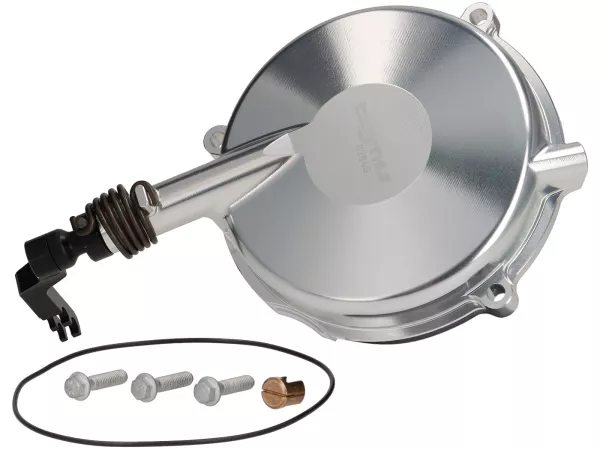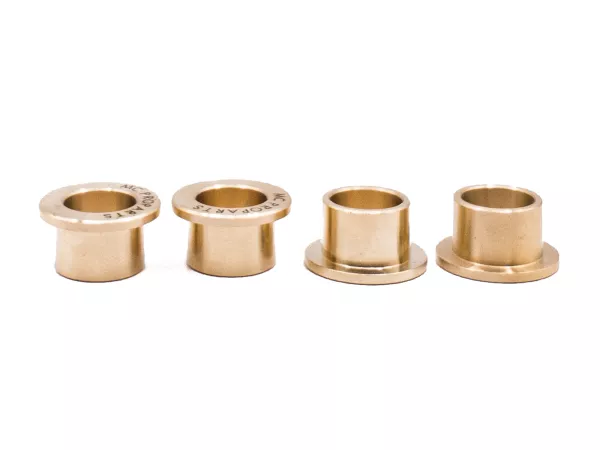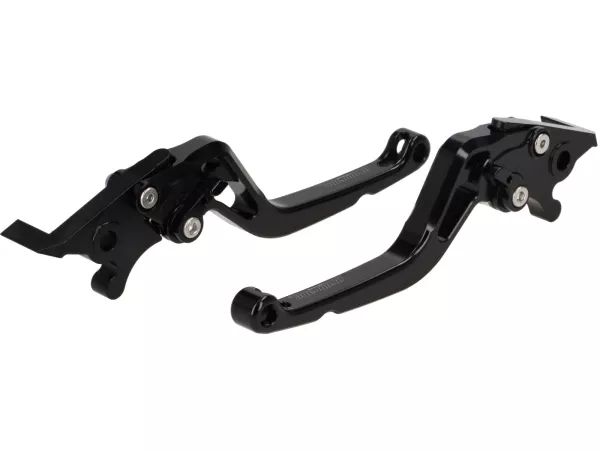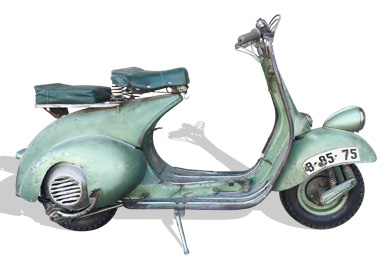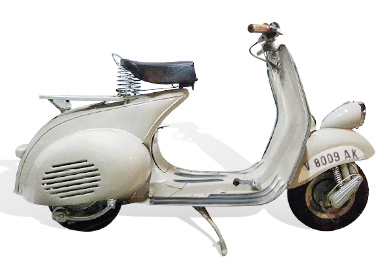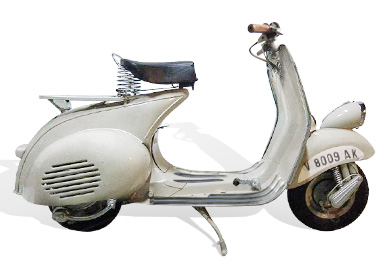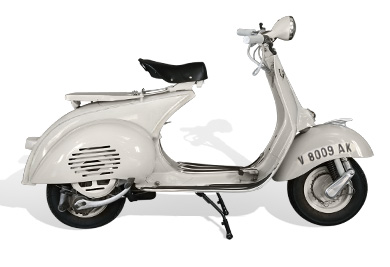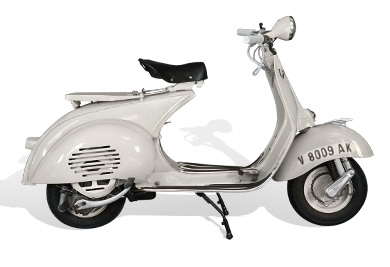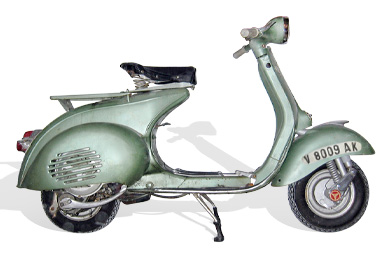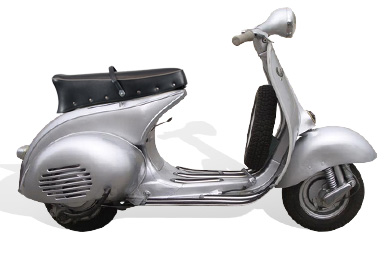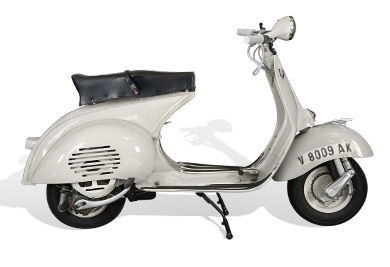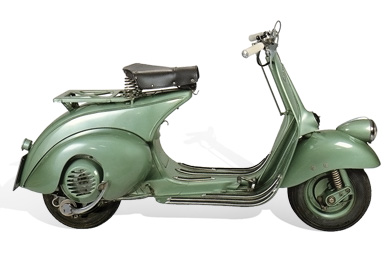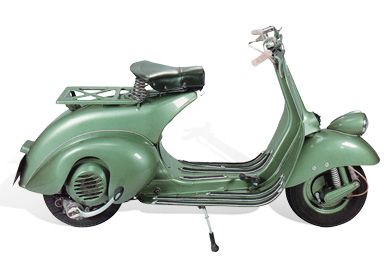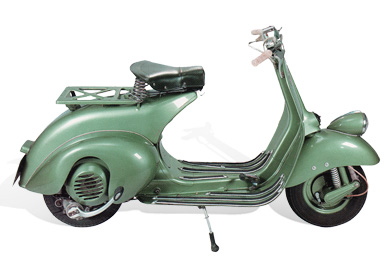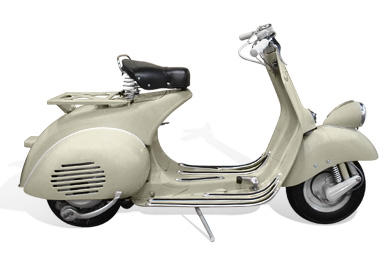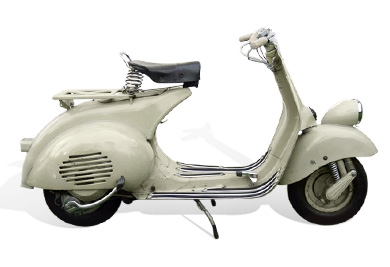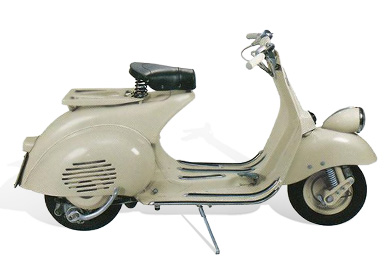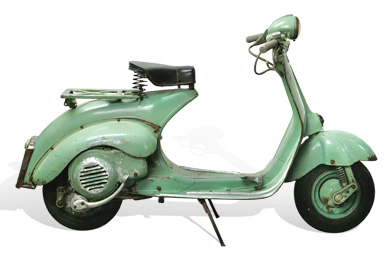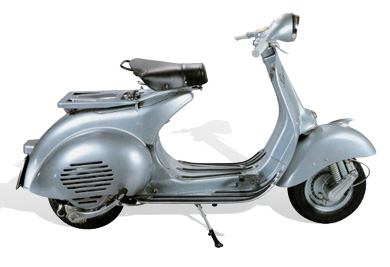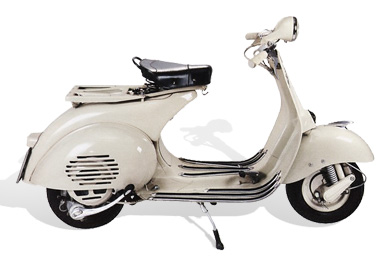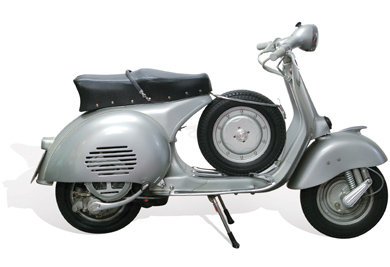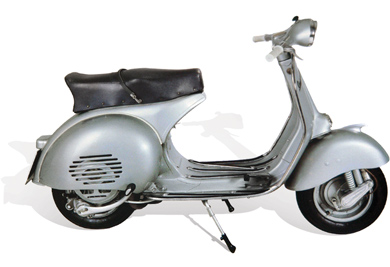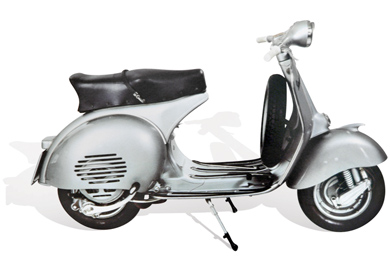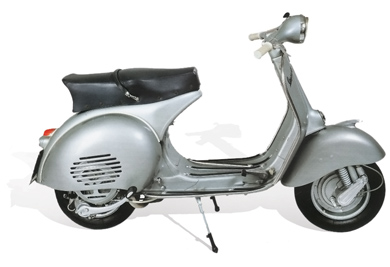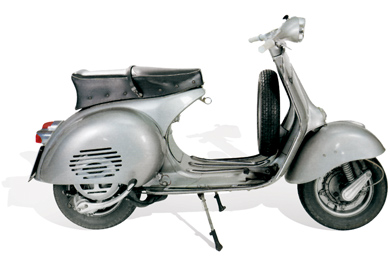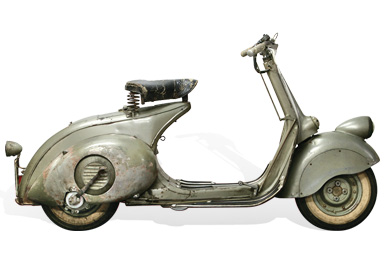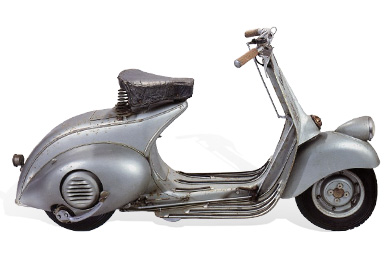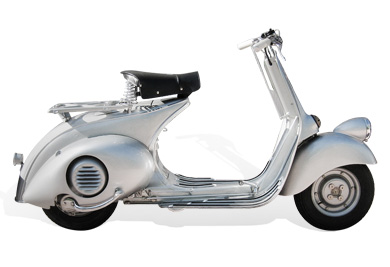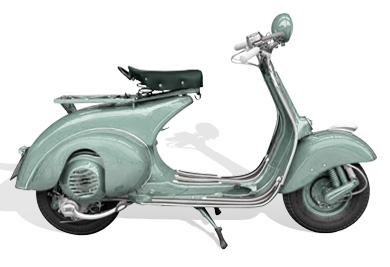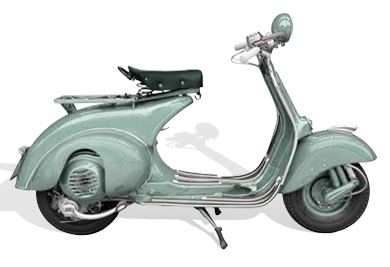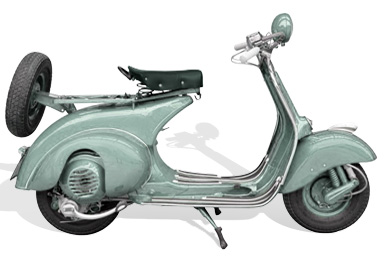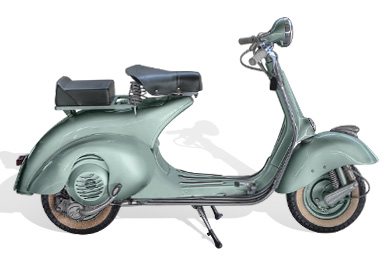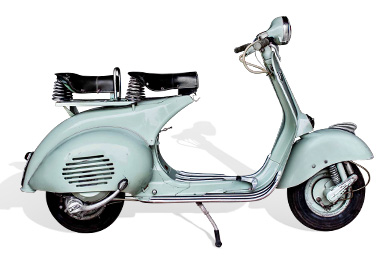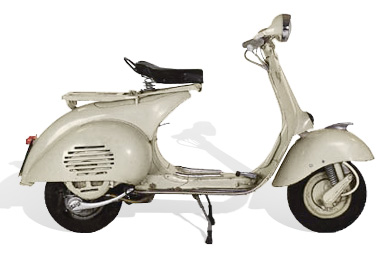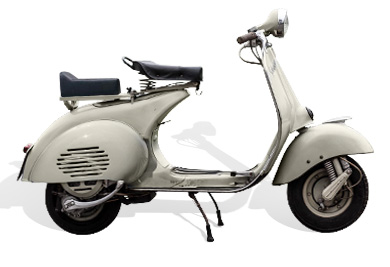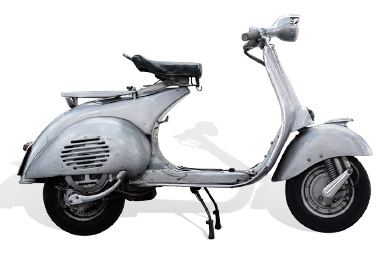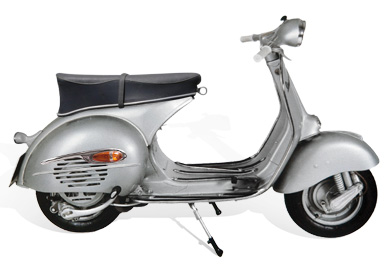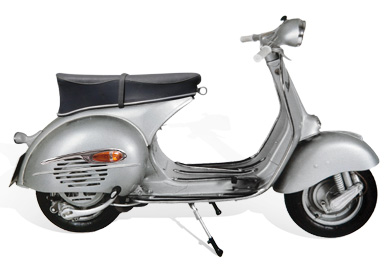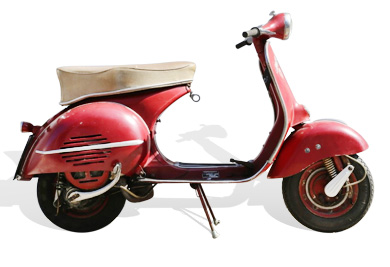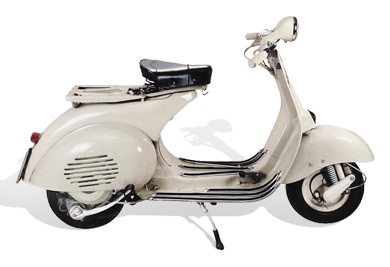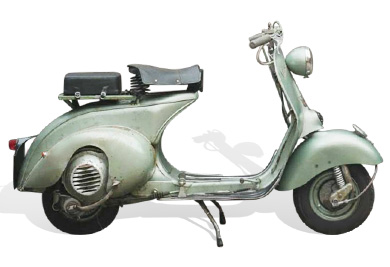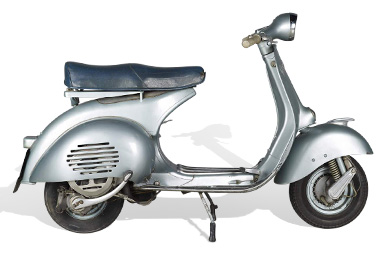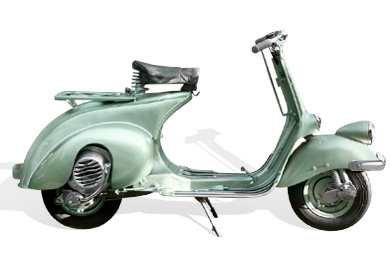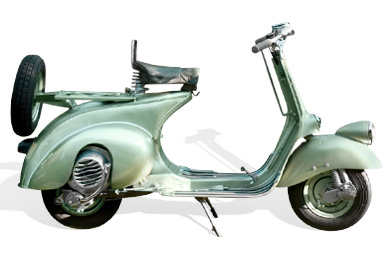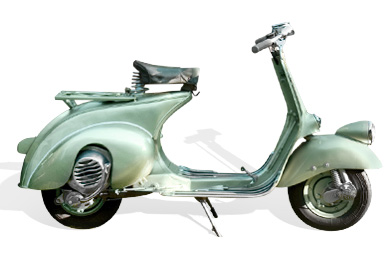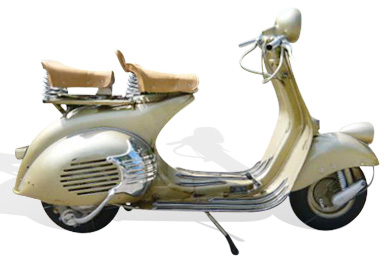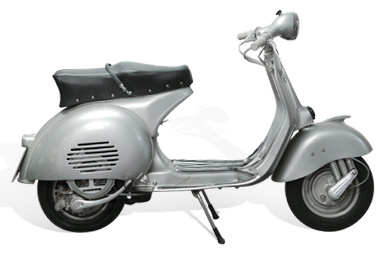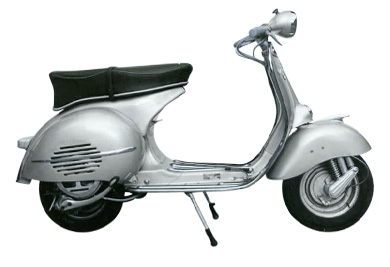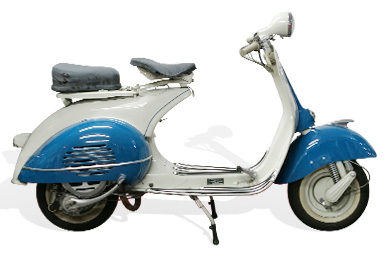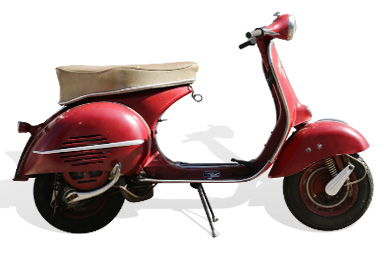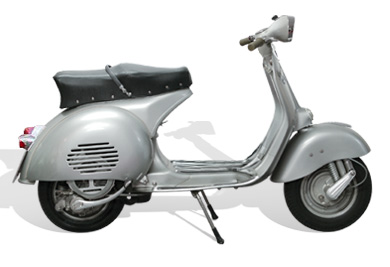Vespa Classic Wideframe - Informazioni, modelli e ricambi adatti
I primi modelli di Vespa Wideframe segnano l'origine dell'intera storia di Vespa. Dalla prima Vespa 98 del 1946 alla famosa serie 125 e alla 150 GS, sono stati creati scooter che hanno scritto la storia della tecnica. Le ampie metà del telaio, la linea filigranata del posteriore, lo sportello d'ispezione nel passaruota e il compatto motore a 2 tempi con ruota a ventola e forcellone motore separato sono elementi caratteristici. Molte soluzioni progettuali - dalla sospensione monobraccio delle ruote alla carrozzeria autoportante in lamiera d'acciaio - derivano direttamente dalla tecnologia aeronautica e caratterizzano ancora oggi il design iconico di Vespa.
Vespa Wideframe - le prime generazioni della tecnologia Vespa classica
Panoramica dei modelli, tecnologia e fornitura di ricambi in Scooter Center
I tipi di Wideframe che si definiscono includono la Vespa 98, i primi modelli da 125cc (V1-V15, VM1/VM2), la serie V30-V33 e le evoluzioni sportive fino alla leggendaria 150 GS (fino al 1956). I loro motori sono a 2 tempi orizzontali con una disposizione dei cilindri ridotta, i primi carburatori e l'accensione puramente meccanica.
Molti dettagli di design le distinguono chiaramente dai telai di grandi dimensioni successivi: la carrozzeria interamente in acciaio, l'ampio tunnel centrale, il manubrio tubolare e il primo cambio a leveraggi o a cavo. Le dimensioni del serbatoio, le dimensioni delle ruote, le forme del manubrio e la posizione del faro variano a seconda dell'anno di produzione - parola chiave "Faro Basso".
Il Scooter Center porta i componenti adatti per la revisione del motore, l'accensione, il carburatore, il telaio, i tamburi dei freni e l'impianto elettrico - abbinati alle rispettive serie di modelli dal 1946 alla metà degli anni Cinquanta.
Caratteristiche tecniche dei modelli Vespa Wideframe
Le Wideframe hanno un design completamente indipendente: un corpo del telaio largo, forcelloni del motore separati, un gruppo ruota ventilatore orizzontale e le prime configurazioni di frizione e cambio. A partire dalla successiva serie 125, il cambio passò dalla tecnologia a leveraggi a quella a cavi, le sospensioni e gli ammortizzatori vennero modernizzati a partire dal 1955 e il passaggio da un motore monocanale a uno bicanale portò una potenza notevolmente superiore e una maggiore adattabilità all'uso quotidiano.
La leggendaria 150 GS (GS/3) stabilì nuovi standard come modello sportivo di punta - ruote più grandi, motore più dinamico, telaio più robusto - ed è tuttora considerata uno dei modelli sportivi Vespa più iconici di sempre.
Nonostante il loro design storico, i telai larghi sono facili da mantenere con i pezzi giusti. La meccanica chiara, la carrozzeria robusta e le chiare caratteristiche di serie rendono questi scooter dei classici affascinanti, sorprendentemente adatti all'uso quotidiano.

 DE | €
DE | €
